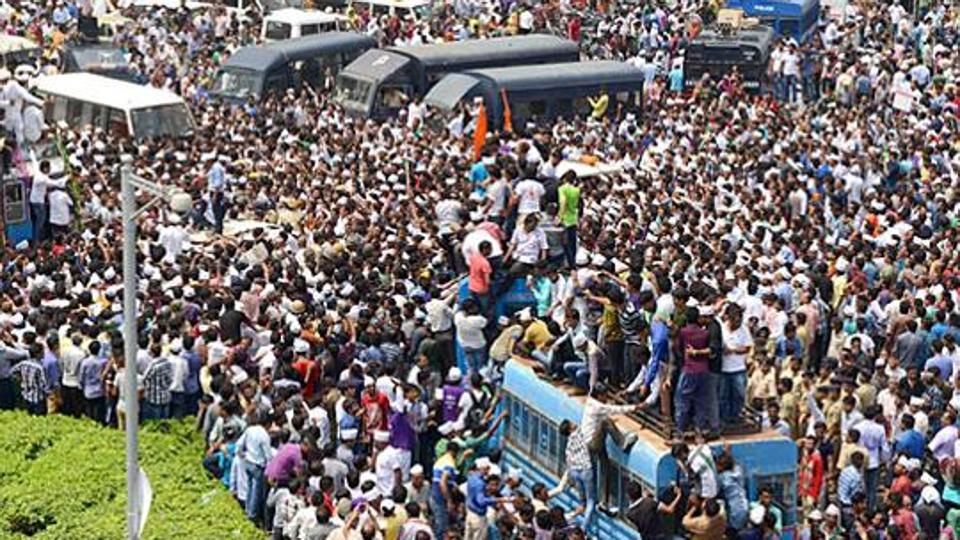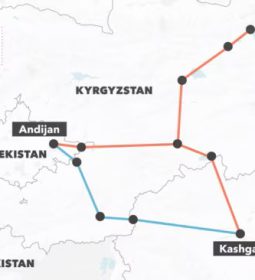1.7 billion indians in 2050: India’s policy makers need to start planning for 1.7 billion people

From 1.21 billion people in 2011, India’s population will increase to 1.5 billion by 2025 and to 1.7 billion by 2050. the demographic dividend is not automatic and does not by itself trigger processes that would help exploit its benefits. We have to seize the opportunity created by reduction in child dependency.
The rate of growth of India’s population has begun to decline in the last two decades, but its population will continue to grow in the next four or five decades. From 1.21 billion people in 2011, it will increase to 1.5 billion by 2025 and to 1.7 billion by 2050. In just a decade from now India will replace China as the most populous country in the world. India’s policy makers need to start planning for population of 1.7 billion while keeping in focus the changes that will take place in the age structure, composition and distribution of population in the years to come along with the rising aspirations of the people.
Let us examine the changes in India’s age structure from a historical perspective. From 41% in 1971 India’s population in the age group 0-14 declined to 31% in 2011 and will further decline to 25% by 2025. India will also experience gradual increase in the proportion of the 60 + population between 2000 and 2025 from 4.6 to 7 %. These two opposing trends will change the proportion of population in the working age group 15-59 somewhat slowly from 62 in 2011 to 64 by 2025 and 68 by 2050. In absolute terms, however, the working age population of 750 million today will be close to a billion by 2025. The number of old more than 60 will also increase dramatically from about 96 million in 2011 to 165 million by 2025 because of falling mortality and increase in longevity.
The decreasing share of young dependents in population and increasing share of those in workforce, viewed as a window of opportunity or known as demographic dividend, lasts about 30-40 years. But the demographic dividend is not automatic and does not by itself trigger processes that would help exploit its benefits. We have to seize the opportunity created by the reduction in child dependency. For reaping the benefits, there is an urgent need to invest in providing quality education at all levels to our children who will become the future work force, and designing and imparting meaningful skills to them while taking advantage of technological innovations. Good health and nutrition along with providing children protection from infectious diseases would contribute to improving the quality of the future work force.
To fully employ this segment of population gainfully and productively, India will have to create millions of jobs over the next few years. Given the limited education and other skills, labour-intensive manufacturing would need to grow to absorb India’s growing labour force at reasonably high productivity levels. It is expected that with the reduction in the number of children women have, a positive climate is created for them to enter the world of work. While greater female labour force participation can boost economic growth by increasing the labour supply, the absorption of women will continue to be a thorny issue for years to come, especially when employment growth does not keep pace with the growth in working-age population. The adverse economic, political and social consequences of what some call jobless growth will be inevitable in the form of unrest.
While addressing these concerns, India will have to reckon with another inevitable fact. It is the increase in the number of the aged. With continuous fertility decline in India, there will be fewer children to look after elderly parents in future. In such a situation, the State will have to step in through provision of social pension that is more than just a token amount. Healthcare facilities to treat chronic ailments the elderly suffer from like dementia, Parkinson’s disease, mental health problems as well as diabetes, cardiovascular diseases and cancers will have to be increased. If and wherever possible, the creation of appropriate income generation opportunities for able and willing elderly will let them live with dignity.
Leela Visaria is Honorary Professor and former Director, Gujarat Institute of Development Research, Ahmedabad.
- Previous In Phillipines: Faith will see us through say Rody
- Next Mongolia economy, graft in spotlight as voters elect president
















